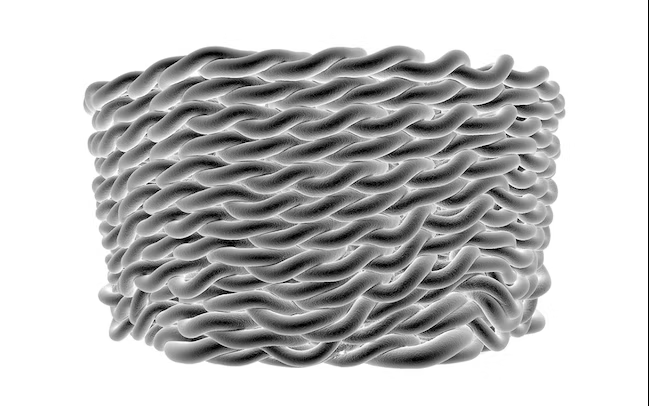Ancient yet modern, enclosing yet invisible, glass was first created in Mesopotamia and Ancient Egypt 4,500 years ago. Glass can be molded, formed, blown, plated or sintered; its formal qualities are closely tied to techniques used for its formation.
From the discovery of core-forming process for bead-making in ancient Egypt, through the invention of the metal blow pipe during Roman times, to the modern industrial Pilkington process for making large-scale flat glass; each new breakthrough in glass technology occurred as a result of prolonged experimentation and ingenuity, and has given rise to a new universe of possibilities for uses of the material.
The tunability enabled by geometrical and optical variation driven by form, transparency and color variation can drive, limit or control light transmission, reflection and refraction, and therefore carries significant implications for all things glass.
 |
 |
 |
A new process, named 3DGP2, has been patented for the production of glass objects using additive processing, as in a normal 3D printer.
G3DP2 uniquely enables the additive manufacturing of optically-transparent glass by restructuring the machine’s architecture and process control operations as informed by material properties and behaviors of silicate glass to 3D print building components with tunable, predictable mechanical and optical properties.
This enabling technology builds upon previous efforts to 3D print optically transparent glass for product scale applications.












